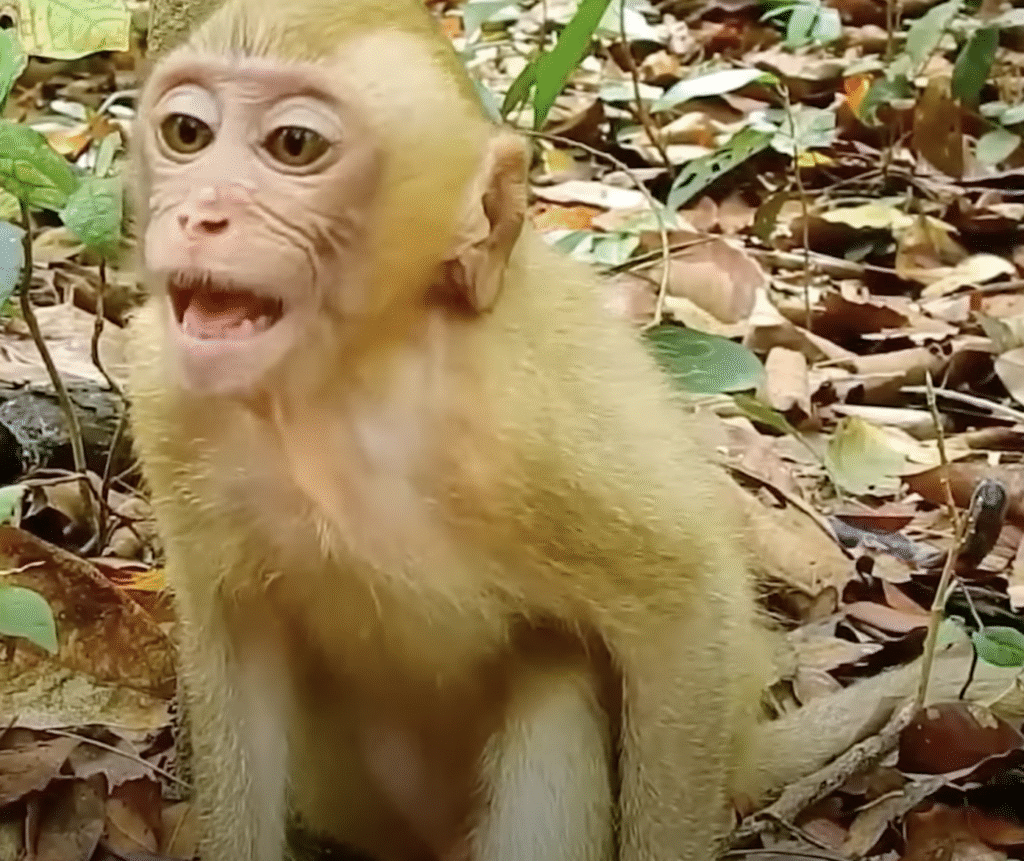
When Monkeys Are Released Into the Wild, What Will Their Actions Be
When monkeys are released into the wild, their actions often reflect a powerful mix of curiosity, fear, instinct, and hope. For a monkey that has been raised in captivity or rescued and rehabilitated, the first steps into the forest are overwhelming. The sounds of the jungle are louder. The trees seem taller. The freedom feels both exciting and frightening.
At first, many monkeys pause. They cling to familiar humans or hesitate near the release site. Some look around cautiously, scanning for threats. Others begin to explore slowly, climbing nearby branches or inspecting the forest floor. Their senses sharpen as they feel the textures of bark and leaves, smell the wild air, and hear distant calls of other animals.
One of the first instincts they follow is the search for food and water. A well-prepared monkey may remember how to forage—looking for fruits, seeds, leaves, or insects. Others, especially those not trained in survival, may struggle or eat the wrong things. Survival in the wild is not easy, and instinct alone may not be enough.
Social behavior is another challenge. Monkeys are deeply social creatures, and if released alone, they may call out or try to approach wild troops. Sadly, wild groups don’t always accept newcomers. There can be fights, rejection, or fear. In some cases, the monkey must learn to live alone or keep trying until it finds a group willing to accept it.
Over time, those who adapt begin to thrive. They swing through the trees, recognize danger, and find their place in nature once again. For these lucky ones, release is not just the return to the wild—it is the return to being truly free. But the journey there is never easy.